Description
DPA 4015 Wide Cardioid Microphone
Totally linear off-axis characteristics
- Low profile – wide pickup area
- Natural reproduction
- Directional ambiance pickup
- Exceptional for vocals
- Modular flexibility
The DPA 4015 Wide Cardioid Microphone is the perfect fill-in between an omnidirectional and a directional microphone.
The off-axis characteristics of this mic are totally linear, a unique quality when it comes to authentic sound reproduction. Any leakage that occurs from off-axis sound sources is still a faithful reproduction of these sounds, just softly attenuated.
As with all of the modular pencil microphones, you can combine the 4015 Wide Cardioid Mic Capsule with any of our preamps.
The MMP-A Mic Preamp is an ultra-transparent, transformerless preamp with an active drive for impedance balancing. The MMP-C Compact Mic Preamp is an ultra-compact preamp with an active drive for impedance balancing. It has a slightly softer character than the other preamps for our pencil mics.
Other preamps include the very small form factor types MMP-E Modular Active Cable (XLR output) and MMP-GR/GS Preamp with Modular Active MicroDot Cable for Pencil Microphone, 3 m (9.8 ft) (MMP-GR, MMPMMP-G Modular Active Cable (MicroDot output), allowing for very slim set-ups. The MMP-G even allows you to match a larger microphone directly to a wireless transmitter.
4015A Wide Cardioid Mic
This mic suits acoustic instruments and voices with a rich and open sound. It is capable of handling extremely high sound pressure levels before clipping occurs. The 4015A Wide Cardioid Mic even includes a 20 dB pad switch in the center of the XLR connector to prevent overloading of the mic amplifier.
The 4015A Wide Cardioid Mic is also available as a matched stereo pair.
4015C Compact Wide Cardioid Mic
This is an excellent spot mic as a fill-in between an omni and a cardioid. The compact version is easier to position than other cardioid microphones. Visually discreet, the 4015C Compact Wide Cardioid Mic represents an indispensably low-profile solution for audio engineers and set designers alike. Tremendously precise and natural sounding, these mics will certainly exceed expectations when used on choirs, percussion setups, grand pianos, wind instruments, and much more.
A bit about cardioids
Named for its “heart-shaped” polar pattern, a cardioid (or directional) microphone has the most sensitivity at the front and is least sensitive from the sides and at the back. They come in many variations – with wider or narrower angles of sensitivity (supercardioid, hypercardioid, wide cardioid, etc.). Although cardioids also pick up sound coming in from the sides, this off-axis sound will normally be more or less colored and damped. The unique DPA capsule technique, however, skips the colorization of the sound coming from the sides or the rear of the mic and just reduces the sensitivity to these angles and thereby offering perfect sound stages. The amount of damping depends on the exact specifications of the mic.
A cardioid microphone is, by definition, damped -6 dB at the 90°side entry of the microphone but for many, the word cardioid generally covers mics with a directional pattern versus omnis, which pick up sound from all directions.
Due to their nature, directional mics are often used on the live stage – both during concerts as well as spoken-word events, to capture the focused sound of an instrument or voice. The narrow angle of sensitivity helps to minimize the bleed from other sounds on a busy stage. One thing to note with cardioid mics is the proximity effect, which causes an increase in bass response the closer the microphone is moved to the sound source. Therefore, when judging mic specs you should always look for a statement stating the distance at which the flat frequency response has been measured. In addition, cardioid mics are far more sensitive to wind, pop, and handling noises than omni mics, so be sure to take precautions to guard against this.
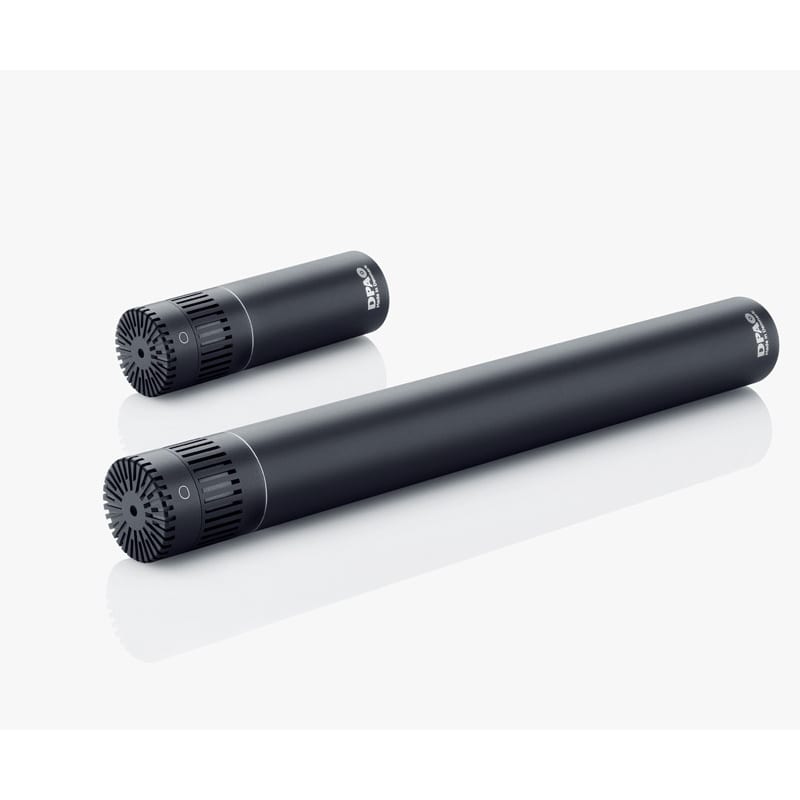
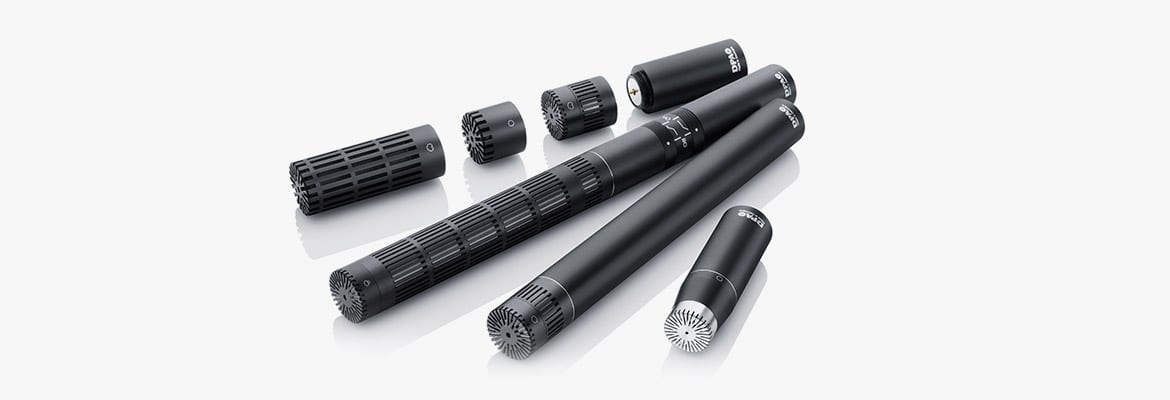
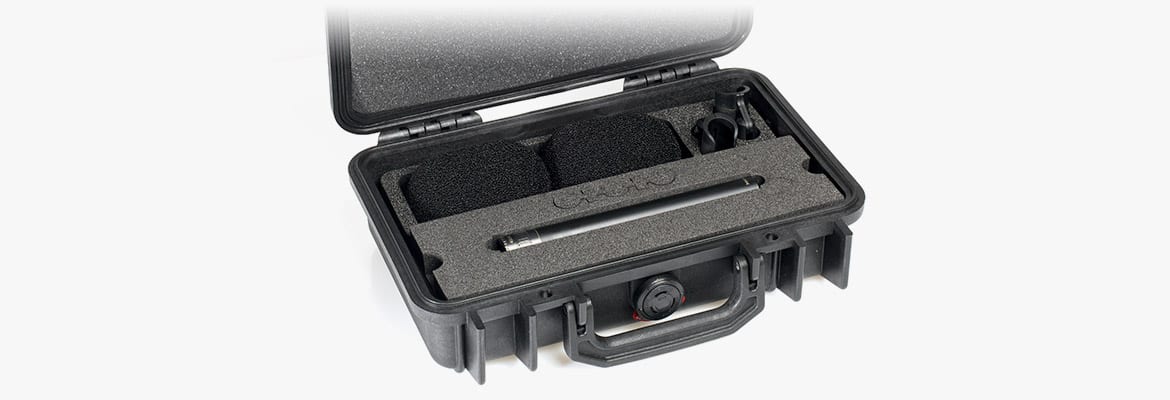
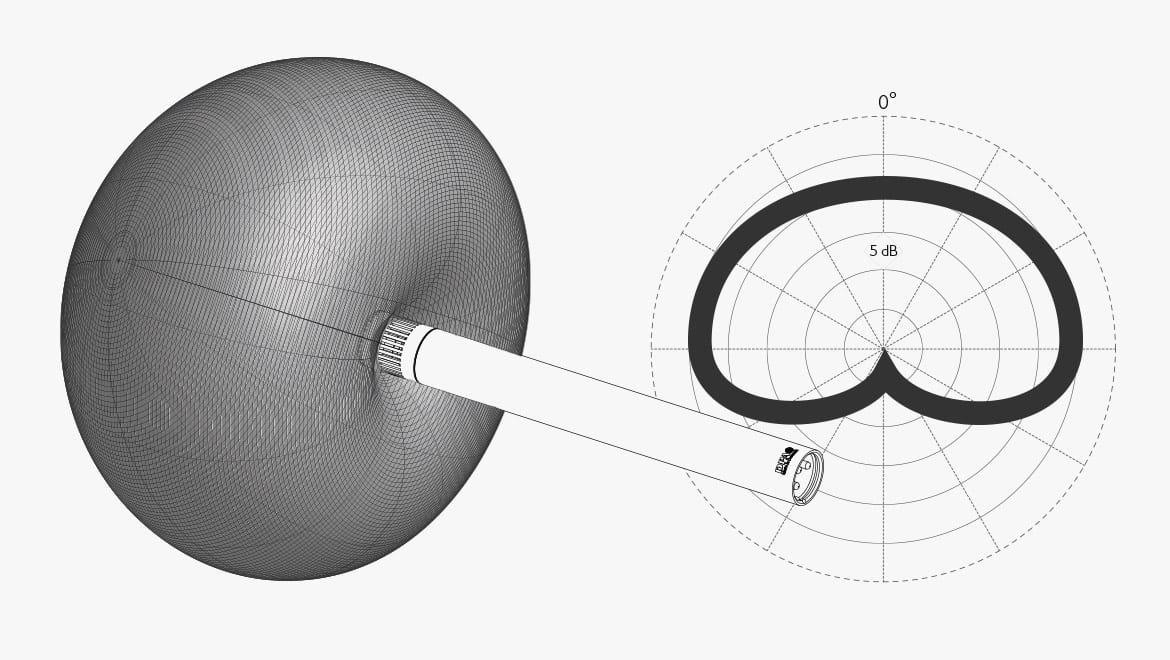




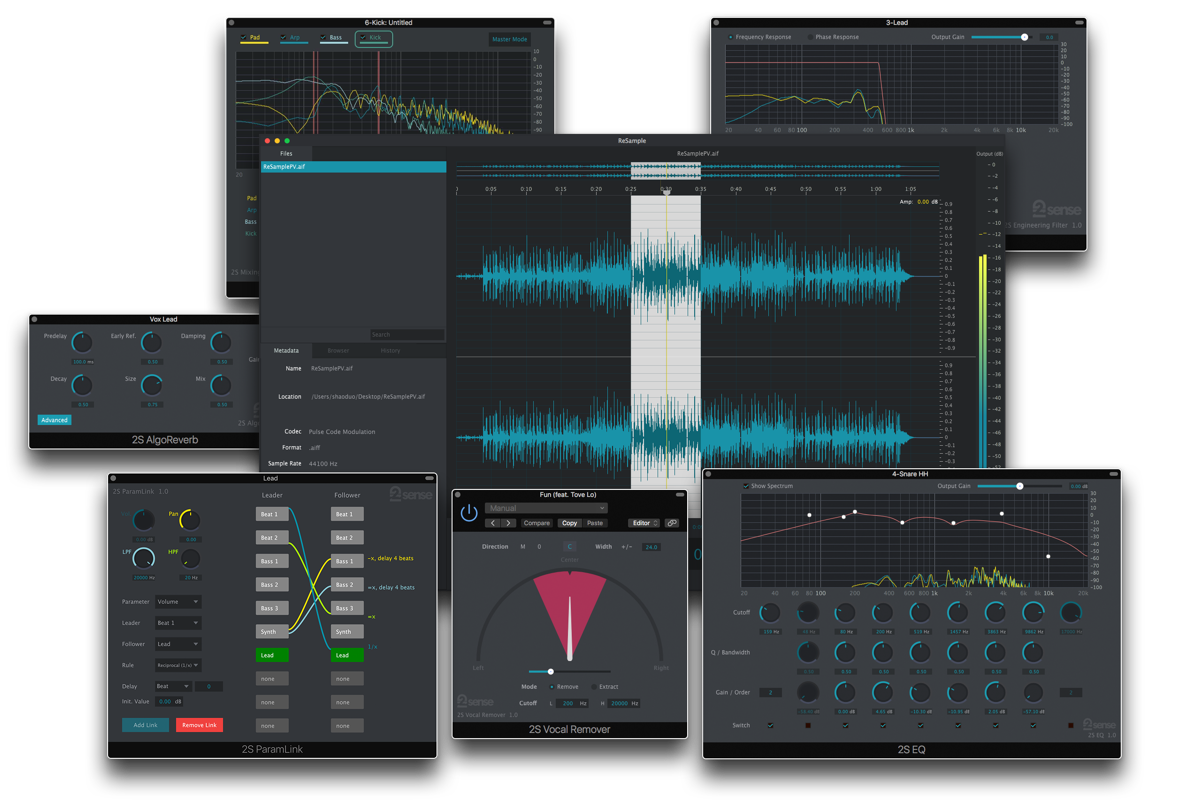
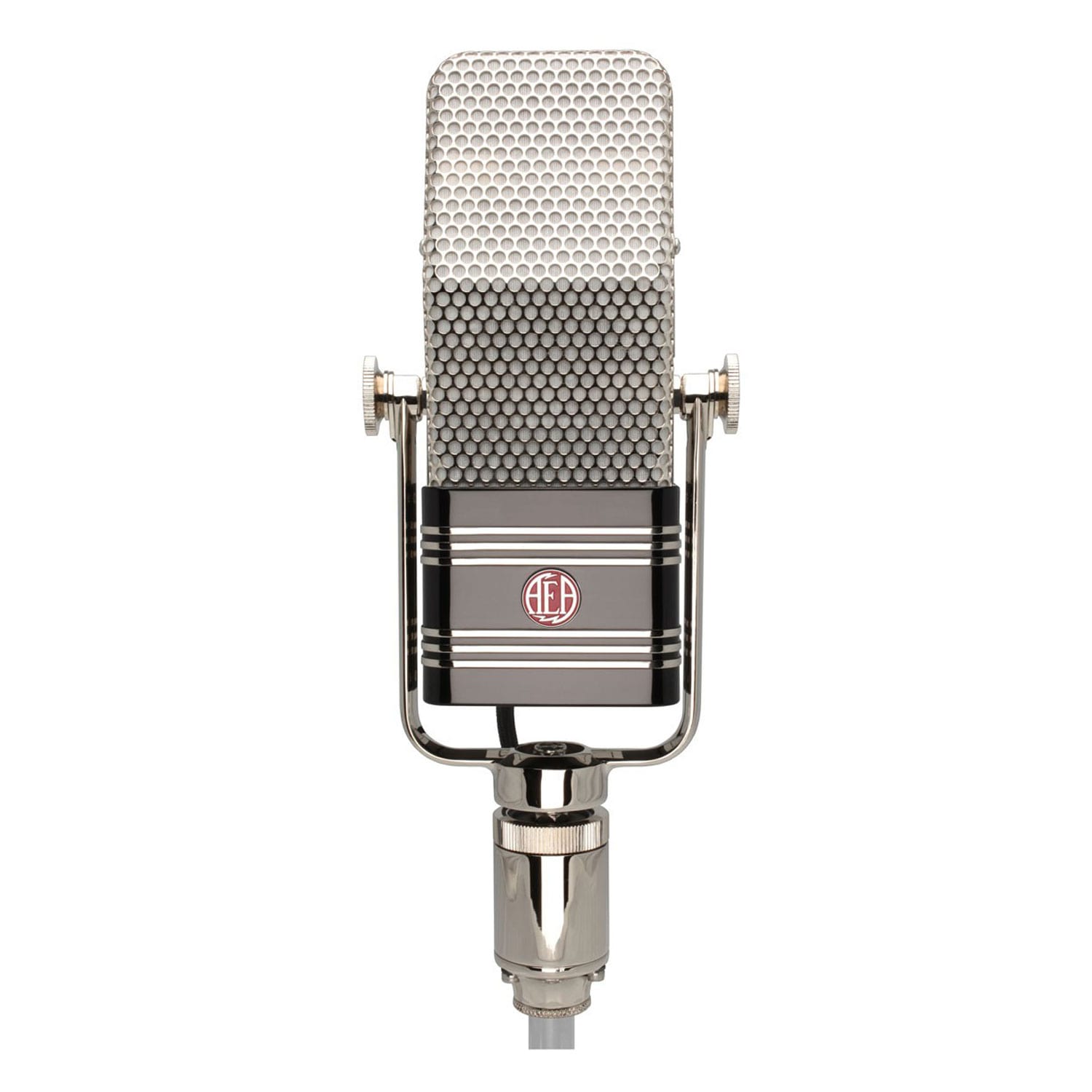

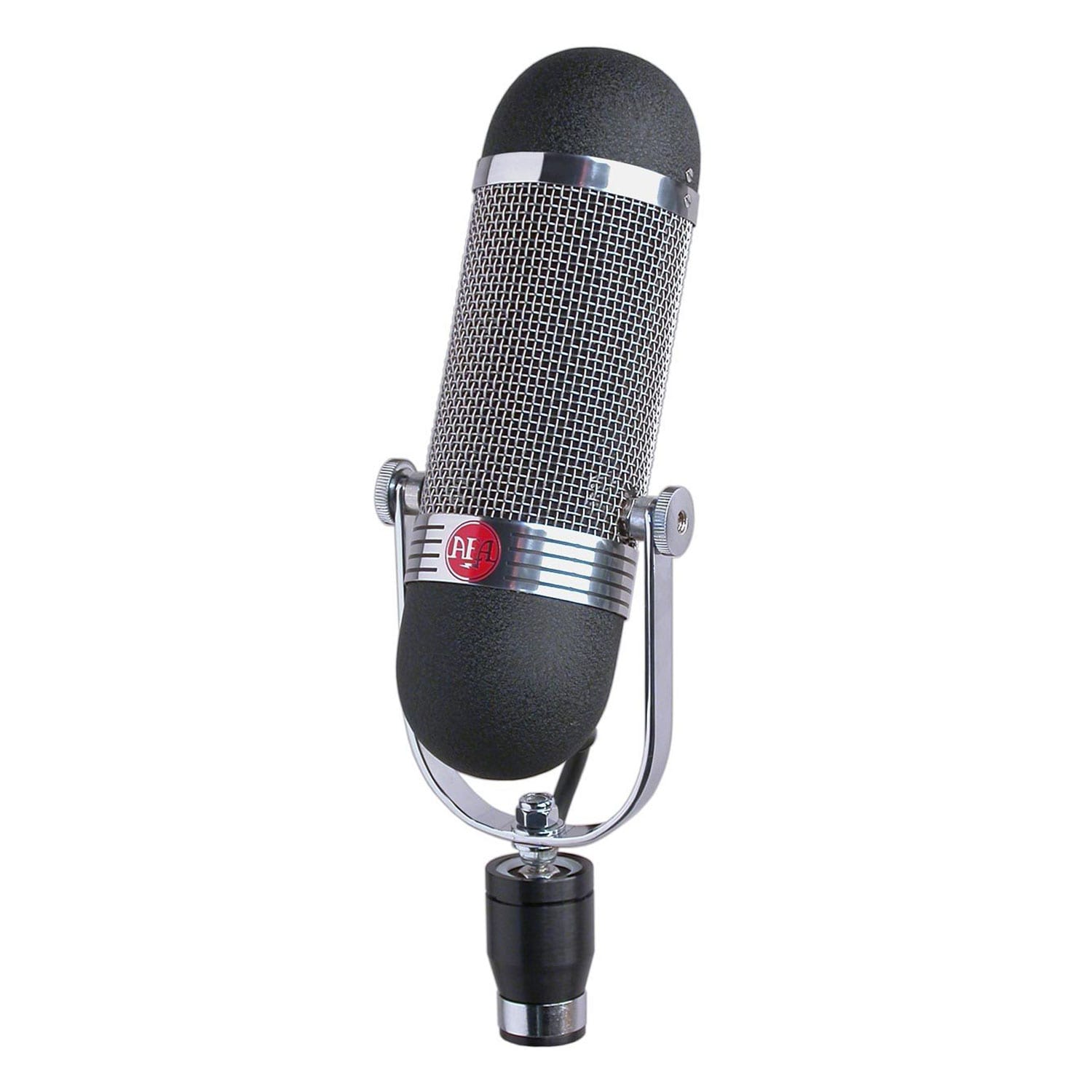

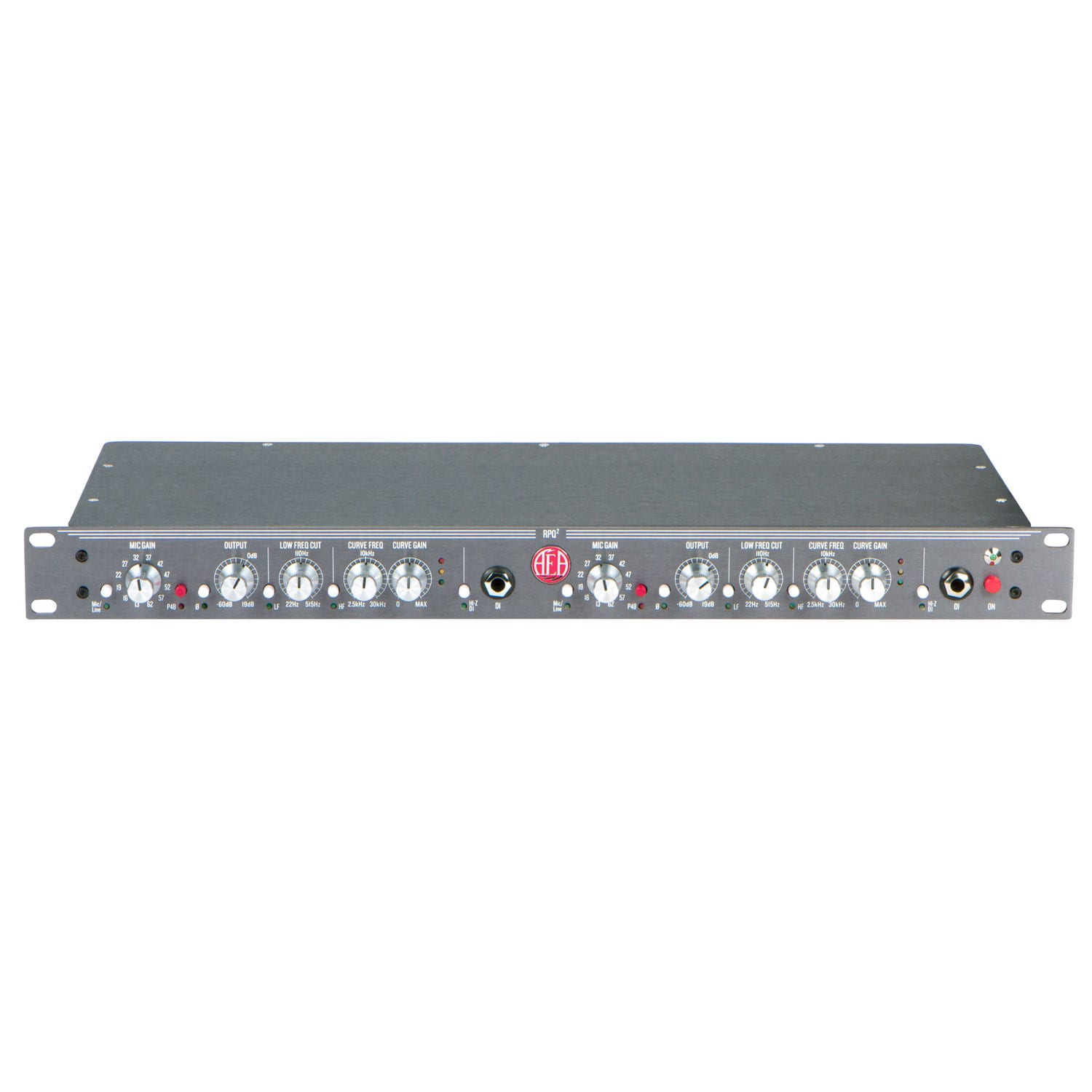


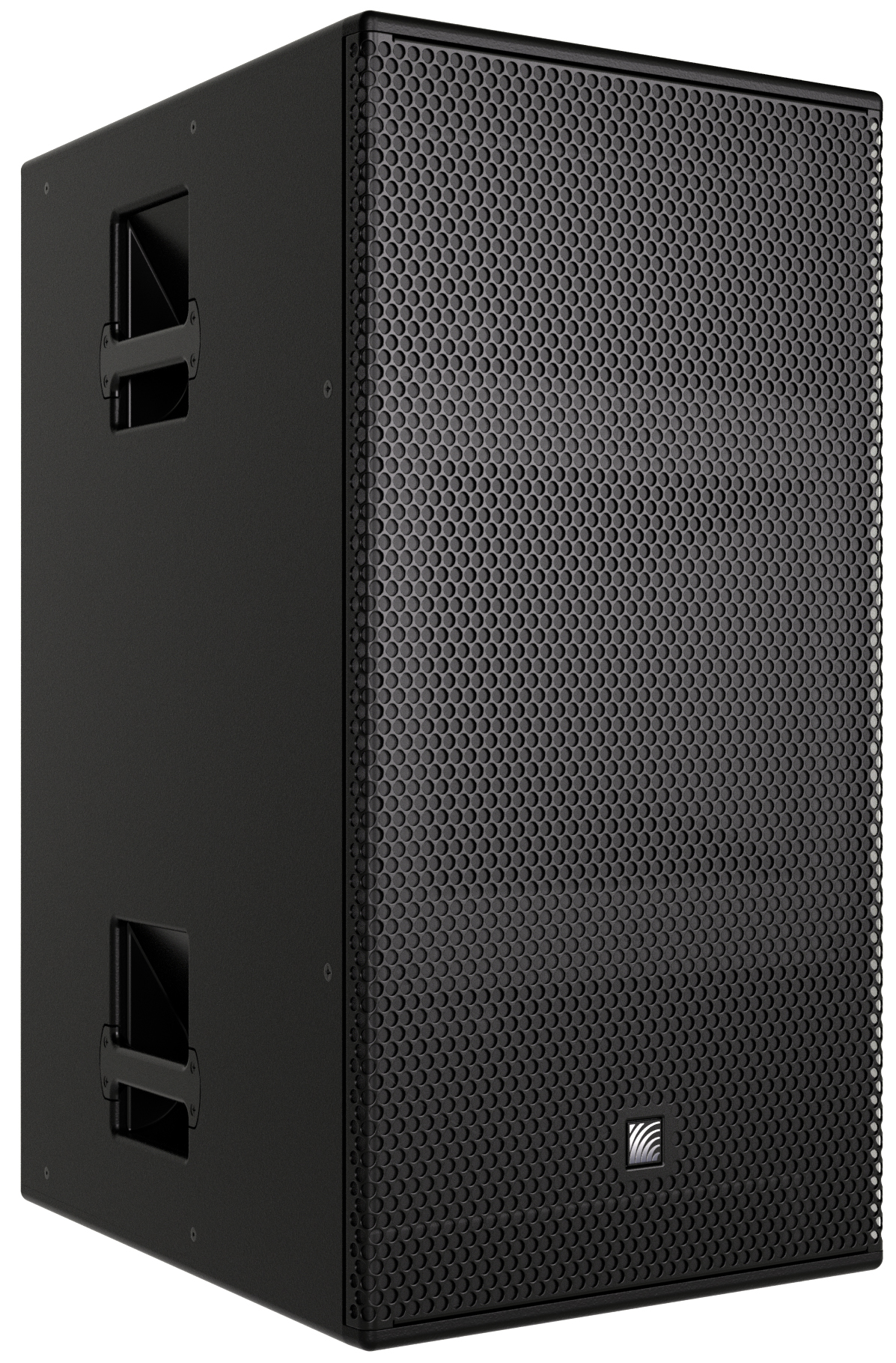
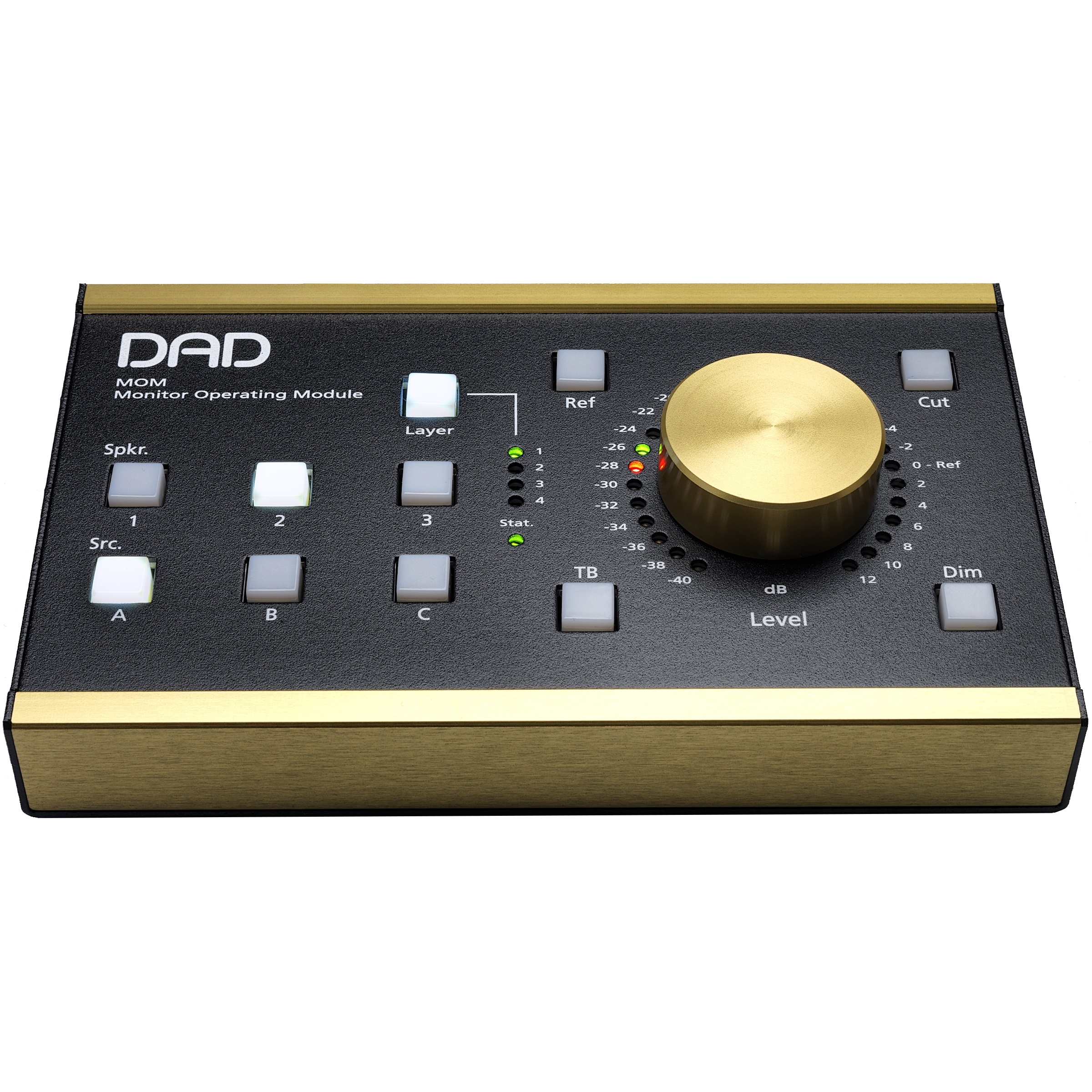
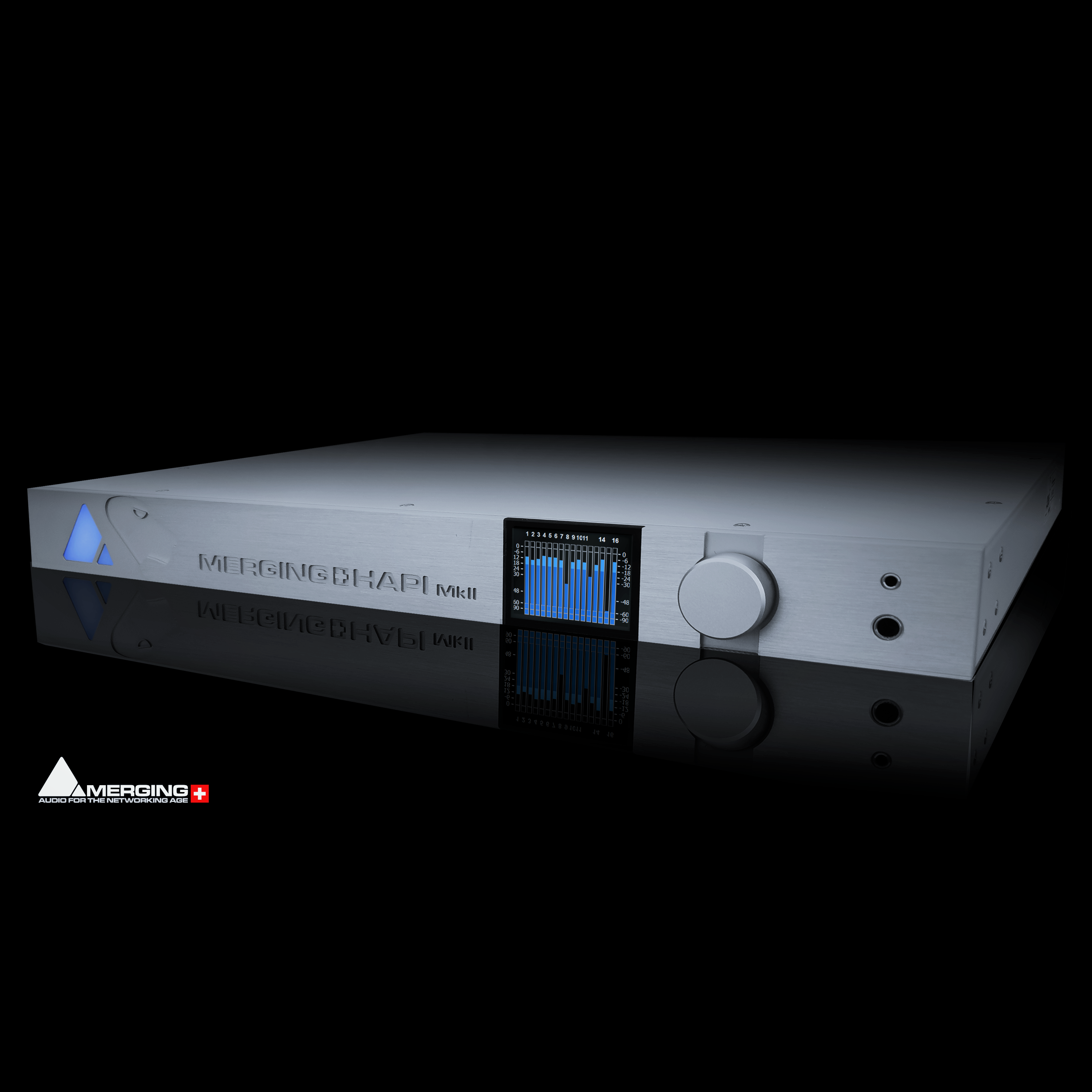

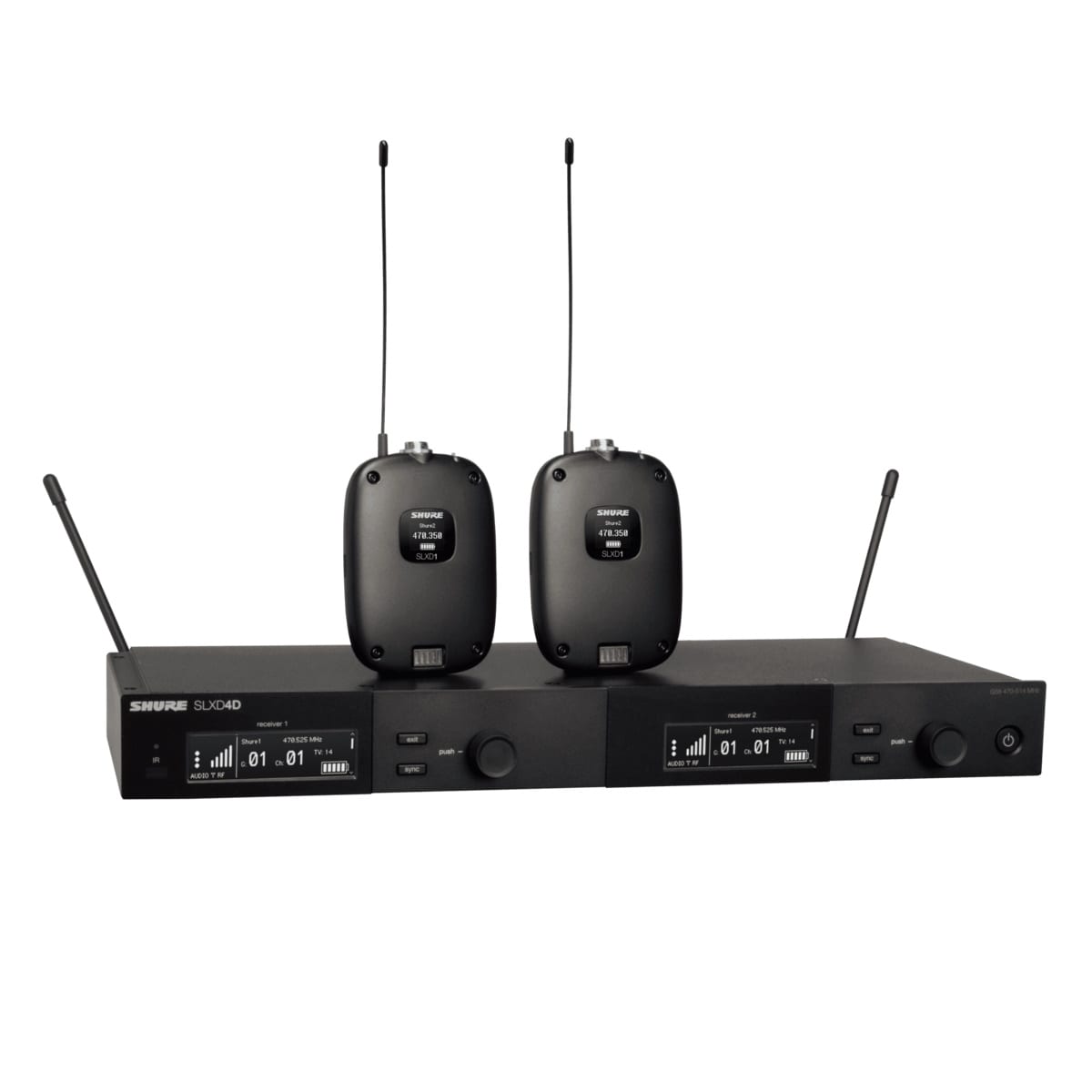
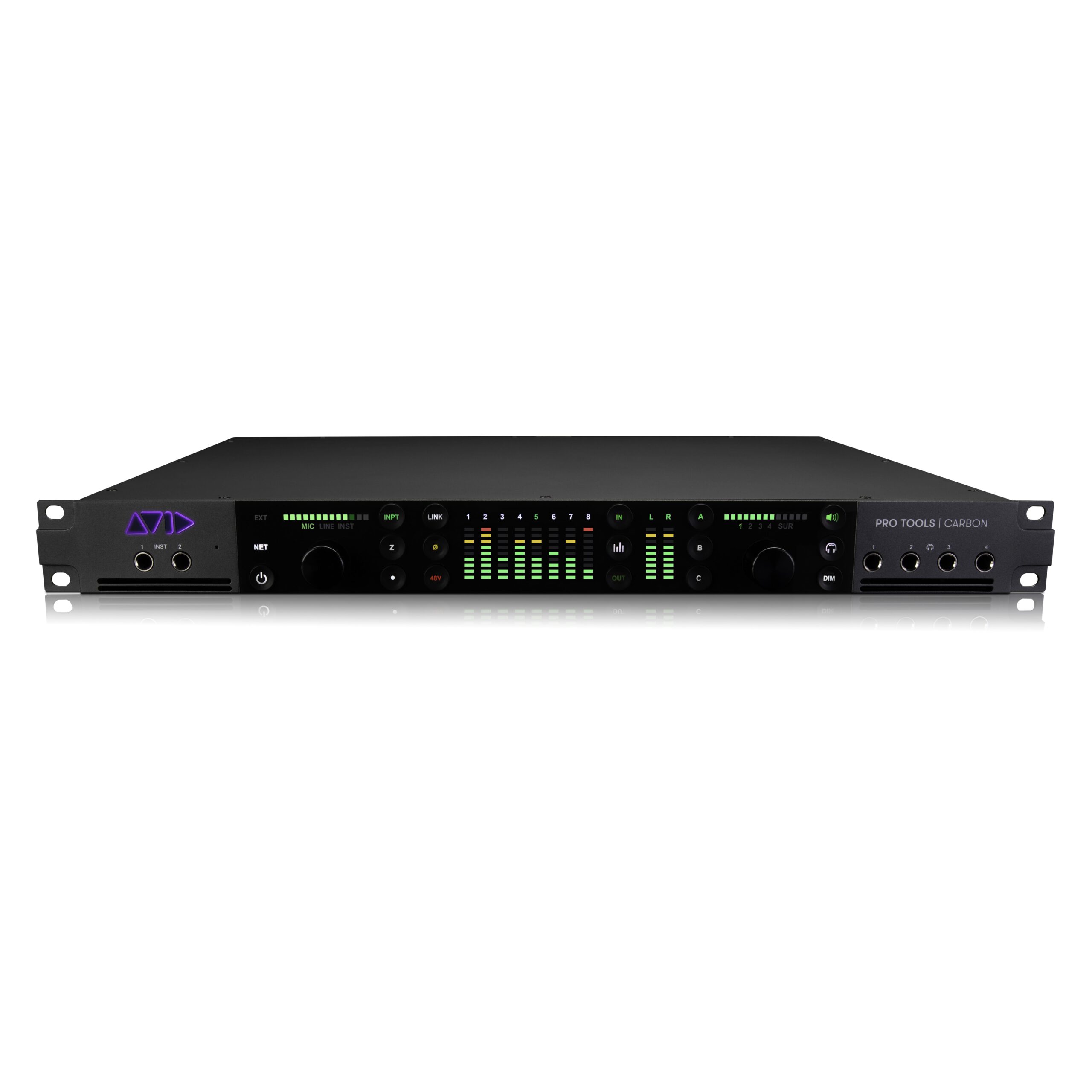
Reviews
There are no reviews yet.